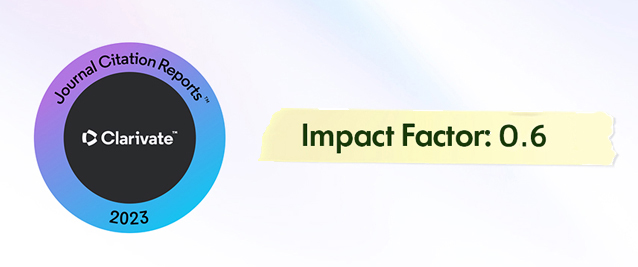2Department of Field Crops, Kırşehir Ahi Evran University, Kırşehir, Turkey
3Department of Chemistry, Kırşehir Ahi Evran University, Kırşehir, Turkey
4Department of Landscape Architects, Kırşehir Ahi Evran University, Kırşehir, Turkey
Abstract
As metals and metal compounds have impact on human health, it is important to identify biomonitor plants that can be used to monitor their levels in environmental and biological samples. In this study, two different plants (Populus nigra and Cedrus libani) were used as bioindicators. This was evaluated by monitoring heavy metal pollution in Kırşehir province with these plant samples collected from the vicinity of casting factory (Casting factory station) and the region where there is no casting factory (Boztepe station). Nickel (Ni), lead (Pb), and copper (Cu) levels were determined in the needle, leaves of plants, and soil samples where they grow using High Resolution- Continuum Source Flame Atomic Absorption Spectrometry (HR-CS FAAS). The levels of Ni, Pb, and Cu in Populus nigra were determined to be in the range of 0.87 to 2.59 μg/g, 0.40 to 0.75 μg/g, and 2.27 to 9.66 μg/g, respectively. In analysis of Cedrus libani, metal levels were found the range of 0.44 to 1.12 μg/g for Ni, 0.84 to 3.18 μg/g for Pb and 2.16 to 4.60 μg/g for Cu. The levels of Ni in Populus nigra samples collected from the Casting factory station (CFS) (2.49±0.09 μg/g) increased compared to the samples collected from the Boztepe station 1.16±0.24 μg/g) (p<0.05). Pb levels in Populus nigra were determined as 0.50±0.11 μg/g and 0.67±0.10 μg/g for samples collected from the CFS and Boztepe stations, respectively. Cu levels in Populus nigra were determined as 6.73±0.99 μg/g and 5.53±3.39 μg/g for the samples collected from the CFS and Boztepe stations, respectively. The levels of Pb and Cu in Populus nigra were not significant for both the stations (p>0.05). The levels of Ni in Cedrus libani samples collected from the Boztepe station (1.03±0.18 μg/g) were higher than that in the samples collected from the CFS (0.66±0.24 μg/g) (p<0.05). The levels of Pb in Cedrus libani were determined as 1.74±0.26 μg/g and 1.00±0.16 μg/g for the samples collected from the CFS and Boztepe stations, respectively (p<0.05). The levels of Cu in Cedrus libani were determined as 4.27±0.26 μg/g and 2.87±0.75 μg/g for the samples collected from the CFS and Boztepe stations, respectively (p<0.05). As a result, we suggest that Cedrus libani could be used as biomonitor plants for Pb and Cu and Populus nigra for Ni.














